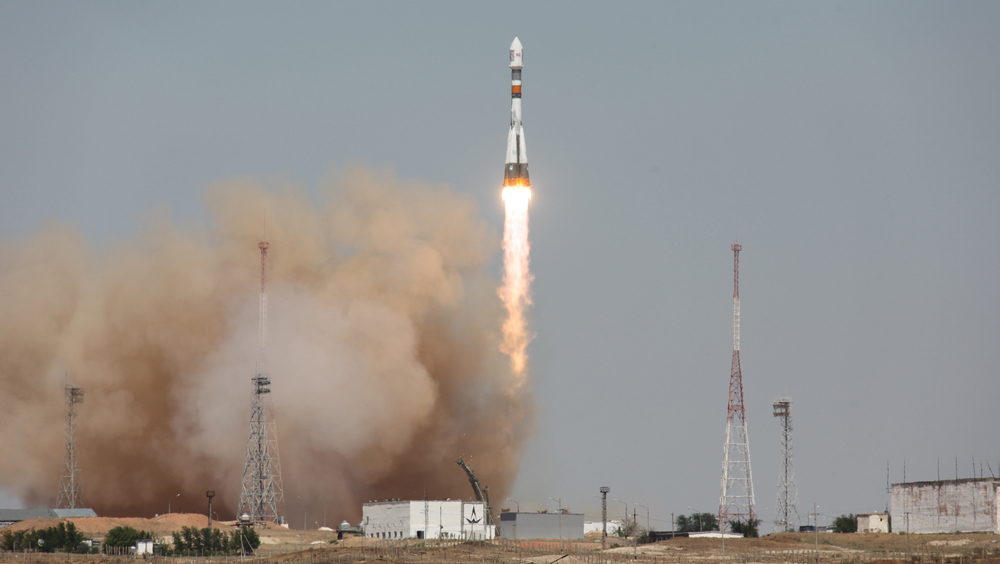
A Soyuz-2-1a rocket launched a pair of Kanopus V Earth-watching spacecraft, accompanied by 26 hitchhiking payloads on December 27, 2018. The main payload is comprised of the Kanopus-V No. 5 and No. 6 satellites which are intended for monitoring natural and man-made disasters, and can also be used for monitoring agricultural activities, water resources and land use, and cartography.
The secondary payloads included:
- 26 cubesats from the US, Germany, Japan, Spain, and South Africa;
- A 100-kilogram GRUS micro-satellite developed by Axelspace based in Japan. It is designed to produce images of the Earth’s surface with a resolution around 2.5 meters with a swath of 60 kilometers on a daily basis and on a global scale;
- the Flock-3K satellite cluster, consisting of 12 DOVE remote-sensing cubesats developed by Planet Labs Inc. of San Francisco. It will join a constellation of more than 100 DOVEs, which provide users with on-demand images of the Earth’s surface;
- A 2.5-kilogram Lume-1 cubesat from the Vigo University in Galicia, Spain. It will provide early warning about natural disasters, including fires;
- A 3.5-kilogram ZACube-2 experimental satellite developed at Cape Peninsula University of Technology, CPUT, and the French South African Institute of Technology, F’SATI. It carries an automatic identification system, AIS, for sea vessels and a camera operating in near-infrared range for detecting forest fires;
- A cluster of 11 cubesats in the 12U format for the identification of sea vessels and weather forecasting using radio occultation of signals, GPS-RO, and aircraft tracking via the ADS-B system;
- two D-Star satellites designed for technology demonstration, including amateur radio; and,
- the UWE-4 satellite built by University of Wuerzburg, Germany, which will attempt to demonstrate the operation of an electric propulsion system.
